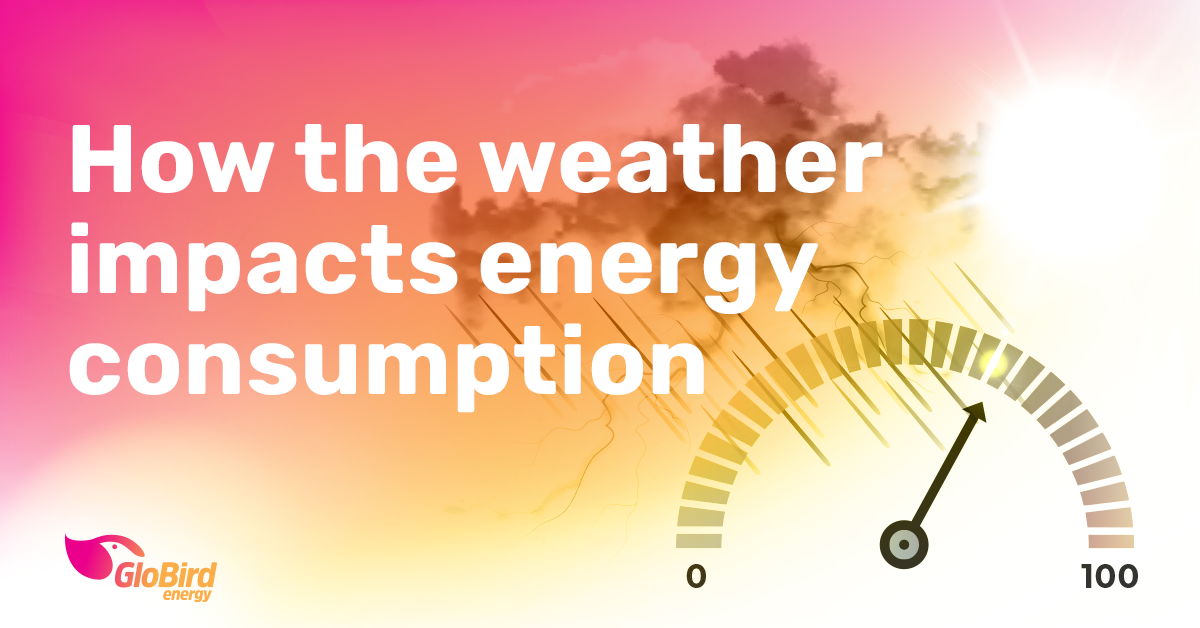Depending on where you live, you might be spending quite a bit more to warm your house in winter than to cool it in summer, or it could be the other way around.
For example, if you’re a Tasmanian, the breakdown is very clearly skewed toward heating in the cold winter months (as well as bits of autumn and spring), as the summer days and nights aren’t usually hot and humid enough to warrant high air-conditioning usage.
In northern Queensland, northern Western Australia, and the Northern Territory, on the other hand, your heating bill would be negligible, while running your cooling system is likely to account for a substantial chunk of your annual energy bill.
And, of course, there are some places where the balance between winter heating and summer cooling is much closer to fifty-fifty.
Together, they’re a major expense
Depending on where you live in Australia or even around the world, the combined cost of heating and cooling could be up to 50 per cent of your total annual energy bill. The Australian household average is close to 40 per cent.
The harsh reality is that when we experience long periods of unusually cold weather or particularly hot spells, everyone’s energy consumption increases accordingly. The difference in summer is that any prolonged heatwave sees the heat accumulate in buildings meaning it takes even more energy to cool them down.
On average in Australia, heating contributes more to total energy consumption in a year than cooling. This is partly because a larger proportion of Australia’s population lives in colder areas like Victoria than warmer ones like the Northern Territory and partly because heating appliances are generally much less energy efficient than cooling appliances.
It makes sense to be energy efficient
Because heating and cooling your home does account for such a significant proportion of your energy consumption (and, therefore, your bills) it makes a lot of sense to be as energy efficient as possible.
This starts with the actual appliances. Are they suitable for your home? Do they have good energy star ratings? Are you able to control them so that they only do as much as they need to?
Then there’s insulation, in both the roof and walls. The better the insulation, the less of the warm or cool air will escape. After all, you’ve paid money to heat or cool that air, so it literally pays to keep it trapped inside.
Following on from that, making sure there are no gaps around windows and doors, pipes, or vents is one of the obvious but still often overlooked ways to maximise heating and cooling.
There’s some good information on the Department of Climate Change, Energy, the Environment and Water website here.
We’ve also written some previous articles that you might find useful, such as Keep it simple or get creative: 21 energy-saving ideas that could work for you and Something your kids can learn about at home: saving energy.
Is there anything you can do?
While there’s not much you can do about extreme heat or the amount of energy being generated and, therefore, available for use, you do have some control over demand.
For example, when you run your air conditioner, you can set it to make your house comfortable rather than chilly. While it might be tempting to get relief from the heat by making your place feel cold, it isn’t necessary to make your air-con work that hard and it most likely isn’t worth the additional running cost.
In fact, in most cases, it’s more efficient (and cheaper) to run the air-con for longer at a higher temperature than to crank it up to bring the temperature way back down after the air inside your home (and the walls and windows) is oppressively hot.
You should also try not to run too many other energy-hungry appliances at the same time as you and everyone else are running air-con at full blast.
Whenever possible, take advantage of the sunny days by running your washing machine, dishwasher, pool pump, and whatever else you can time shift in the middle of the day when there is a lot of solar-generated energy in the grid.
To explore the correlation between your energy usage and the weather, visit MyAccount. Navigate to the My Energy Usage section to view a convenient chart displaying your energy consumption alongside local temperature data.
